Home>diy>Architecture & Design>How To Start An Interior Design Supply House
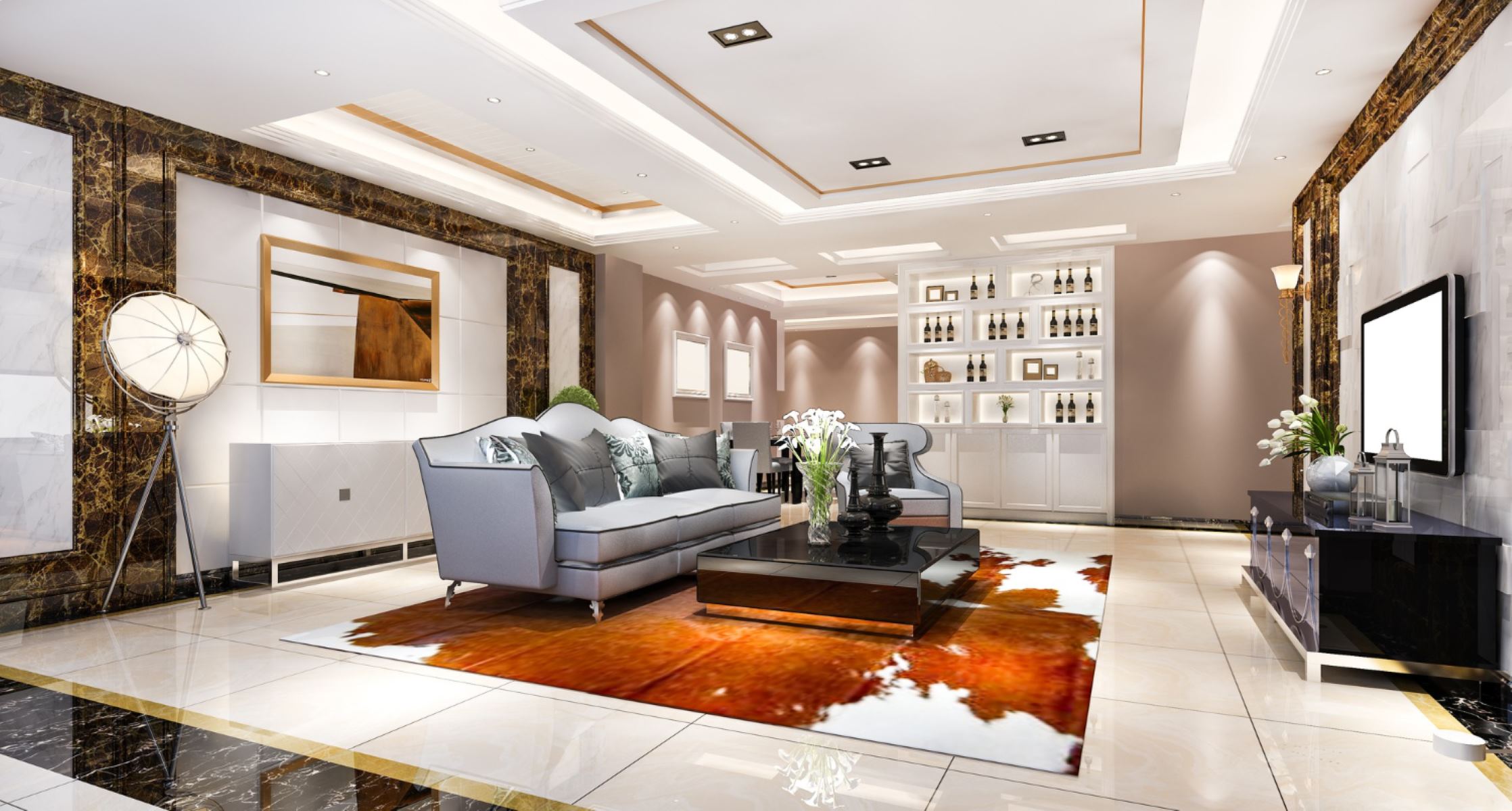

Architecture & Design
How To Start An Interior Design Supply House
Modified: January 5, 2024
Learn how to start an interior design supply house and explore the essentials of architecture design. Get expert tips and insights to kickstart your business successfully.
(Many of the links in this article redirect to a specific reviewed product. Your purchase of these products through affiliate links helps to generate commission for Storables.com, at no extra cost. Learn more)
**
Introduction
**
So, you've decided to embark on the exciting journey of starting an interior design supply house. Congratulations on taking the first step toward turning your passion for interior design into a thriving business venture. Whether you're a seasoned industry professional or a budding entrepreneur with a keen eye for aesthetics, establishing an interior design supply house presents a promising opportunity to cater to the needs of design enthusiasts, professionals, and businesses seeking high-quality products and materials to elevate their spaces.
As you venture into this dynamic and creative industry, it's essential to understand the intricate blend of artistry and functionality that defines interior design. Your supply house will serve as a haven for designers and homeowners alike, offering a carefully curated selection of furnishings, textiles, lighting, and décor elements that inspire and transform living and working environments.
In this comprehensive guide, we will delve into the essential steps and considerations for launching and managing a successful interior design supply house. From conducting thorough market research and crafting a robust business plan to navigating legal and financial intricacies, sourcing premium products, and devising effective marketing strategies, we will explore every facet of this venture. By the end of this journey, you'll be equipped with the knowledge and insights to confidently bring your vision to life and establish a reputable and thriving interior design supply house.
So, let's roll up our sleeves and dive into the captivating world of interior design entrepreneurship. Get ready to unleash your creativity, business acumen, and passion for design as we embark on this exhilarating endeavor together.
**
Key Takeaways:
- Starting an interior design supply house requires thorough market research, a robust business plan, and a strategic approach to product sourcing and customer engagement. It’s a blend of creativity and operational rigor.
- Customer service and support are crucial for the success of an interior design supply house. Creating a nurturing environment, fostering enduring relationships, and infusing every interaction with warmth and expertise are key to thriving in the dynamic world of interior design.
Market Research and Analysis
**
Before delving into the intricate details of launching an interior design supply house, it's crucial to conduct comprehensive market research and analysis. This foundational step will provide invaluable insights into the prevailing trends, consumer preferences, competitive landscape, and untapped opportunities within the interior design industry.
Begin by immersing yourself in the world of interior design, staying attuned to emerging styles, materials, and design philosophies that resonate with contemporary consumers. Explore industry publications, attend design exhibitions, and engage with design professionals to gain a deep understanding of the evolving demands and preferences in the market.
Concurrently, analyze the competitive landscape to identify existing interior design supply houses, their product offerings, pricing strategies, and customer engagement approaches. This assessment will enable you to discern gaps in the market, areas for differentiation, and potential niches that align with your unique vision and value proposition.
Moreover, consider the geographical and demographic factors that influence interior design preferences. Understand the distinct aesthetic inclinations and lifestyle choices of different regions and demographic segments, allowing you to tailor your product selection and marketing efforts to resonate with diverse consumer groups.
Utilize surveys, focus groups, and online analytics tools to gather direct feedback from potential customers, gaining insights into their purchasing behaviors, pain points, and unmet needs in the realm of interior design supplies. This firsthand understanding will inform your product assortment, pricing strategies, and customer experience initiatives, ensuring that your supply house resonates with the desires and expectations of your target market.
By meticulously conducting market research and analysis, you'll lay a solid foundation for your interior design supply house, equipping yourself with the knowledge to curate a compelling product range, differentiate your brand, and forge meaningful connections with your audience. This informed approach will set the stage for a successful and sustainable venture in the vibrant world of interior design.
**
Business Plan Development
**
Embarking on the journey of establishing an interior design supply house necessitates the creation of a robust and meticulously crafted business plan. This foundational document serves as the roadmap for your venture, outlining your vision, objectives, strategies, and operational framework in a comprehensive and cohesive manner.
Begin by articulating a compelling mission statement that encapsulates the essence of your interior design supply house. Define the core values, aesthetic ethos, and customer-centric principles that will underpin every facet of your business, setting the stage for a distinct and resonant brand identity.
Conduct a thorough analysis of the market, as discussed in the previous section, and integrate the insights garnered into your business plan. Define your target market segments, elucidate their needs and preferences, and articulate how your supply house will fulfill these requirements in a compelling and differentiated manner.
Outline your product assortment strategy, emphasizing the range of furnishings, textiles, décor elements, and design accessories that will adorn the shelves of your supply house. Detail the criteria for product selection, highlighting the emphasis on quality, uniqueness, and alignment with contemporary design trends.
Develop a comprehensive marketing and sales strategy within your business plan, delineating the channels, campaigns, and customer engagement initiatives that will drive awareness and foot traffic to your supply house. Integrate digital marketing, social media initiatives, and in-store experiences to create a holistic and immersive brand presence that captivates and entices your target audience.
Furthermore, delve into the financial aspects of your venture, detailing the initial investment requirements, projected revenues, and expense forecasts. This section should also encompass pricing strategies, profit margins, and financial milestones that will guide the fiscal trajectory of your interior design supply house.
Lastly, outline the organizational structure, staffing requirements, and operational processes that will underpin the seamless functioning of your supply house. Define roles, responsibilities, and the customer service ethos that will imbue your team with the dedication and expertise to elevate the customer experience.
By meticulously developing a comprehensive business plan, you will not only crystallize your vision for the interior design supply house but also establish a strategic framework that aligns with your aspirations and resonates with potential investors, partners, and stakeholders. This document will serve as the cornerstone of your entrepreneurial journey, guiding your decisions and actions as you bring your interior design supply house to life.
**
Legal and Financial Considerations
**
As you embark on the endeavor of establishing an interior design supply house, navigating the legal and financial landscape is paramount to ensure compliance, mitigate risks, and lay a solid foundation for sustainable growth.
Commence by determining the legal structure of your business, whether it be a sole proprietorship, partnership, limited liability company (LLC), or corporation. Each structure carries distinct implications for taxation, liability, and governance, necessitating careful consideration to align with your long-term objectives and risk tolerance.
Simultaneously, engage legal counsel to guide you through the process of registering your business, securing necessary permits, and safeguarding intellectual property rights associated with your brand and product offerings. This proactive approach will fortify your business against potential legal challenges, fostering a secure and compliant operational environment.
Conduct a comprehensive assessment of the financial requirements for launching and sustaining your interior design supply house. This entails delineating the initial capital investment, operational expenses, and cash flow projections to ensure financial viability and resilience.
Secure financing through a judicious blend of personal investment, bank loans, or potential partnerships to bolster your financial foundation. Leverage financial advisors and accountants to devise sound accounting practices, tax strategies, and financial management protocols that align with the unique dynamics of the interior design supply industry.
Moreover, establish relationships with reputable suppliers and negotiate favorable terms to optimize your inventory management and procurement processes. This entails meticulous attention to pricing, quality assurance, and delivery timelines to ensure a seamless and cost-effective supply chain that underpins the sustainability of your business.
Conduct a thorough assessment of insurance needs, encompassing liability coverage, property insurance, and worker's compensation to shield your business from unforeseen liabilities and operational disruptions.
By proactively addressing legal and financial considerations, you will fortify the operational and fiscal infrastructure of your interior design supply house, fostering a resilient and compliant business environment. This proactive approach will instill confidence in stakeholders, customers, and partners, positioning your supply house for sustained success and growth within the dynamic landscape of interior design.
**
Location and Logistics
**
Choosing the right location for your interior design supply house is a pivotal decision that can significantly impact your business' visibility, accessibility, and overall success. As you embark on this exciting venture, consider the following factors to strategically position your supply house for optimal impact and customer engagement.
First and foremost, assess the demographic and psychographic profiles of your target market to identify areas with a high concentration of design enthusiasts, professionals, and businesses seeking premium interior design supplies. This analysis will guide your search for a location that aligns with the lifestyle, aesthetic preferences, and purchasing behaviors of your potential customers.
Opt for a location with high foot traffic, visibility, and accessibility to maximize exposure and draw customers into your supply house. Proximity to complementary businesses, such as furniture stores, design studios, or home improvement centers, can create synergistic opportunities and enhance the appeal of your location as a destination for design enthusiasts.
Moreover, consider the logistical aspects of your supply chain and operational processes when selecting a location. Ensure that the chosen site facilitates efficient inventory management, receiving of shipments, and seamless delivery of products to customers, minimizing logistical complexities and enhancing operational agility.
Once you've identified a promising location, meticulously assess the physical space to align with the ambiance and functionality of your interior design supply house. Embrace a layout that fosters an inviting and immersive customer experience, allowing visitors to explore and engage with your curated products in a visually captivating and inspiring environment.
Additionally, leverage digital mapping and location-based marketing strategies to enhance the discoverability of your supply house and drive foot traffic from nearby neighborhoods and commercial hubs. Harness social media platforms and local business directories to amplify your presence and entice prospective customers to experience the allure of your interior design supply house.
By thoughtfully addressing the location and logistics of your supply house, you will create a compelling and accessible destination for design enthusiasts, professionals, and homeowners seeking premium interior design supplies. This strategic positioning will lay the groundwork for sustained customer engagement, brand visibility, and business growth within the vibrant realm of interior design.
**
Research the market to understand the demand for interior design supplies, create a business plan, and establish relationships with suppliers and manufacturers.
Read more: How To Design The Interior Of A House
Product Sourcing and Inventory Management
**
Central to the success of your interior design supply house is the meticulous curation of a diverse and captivating product range, coupled with agile and efficient inventory management practices that ensure a seamless customer experience.
Commence by establishing robust relationships with reputable suppliers, artisans, and manufacturers renowned for crafting high-quality and aesthetically compelling interior design products. Embrace a discerning approach to product sourcing, prioritizing items that embody craftsmanship, innovation, and alignment with contemporary design trends.
Curate a diverse assortment of furnishings, textiles, lighting fixtures, decorative accents, and design accessories that cater to a spectrum of design styles, from minimalist chic to opulent elegance. Emphasize versatility, functionality, and aesthetic allure in your product selection, ensuring that your supply house becomes a one-stop destination for design enthusiasts seeking to elevate their living and working spaces.
Implement agile inventory management systems that synchronize with customer demand, market trends, and seasonal fluctuations. Leverage inventory management software to track stock levels, analyze sales patterns, and forecast demand, enabling proactive replenishment and optimization of your product assortment.
Strategically allocate your physical and digital shelf space to showcase new arrivals, seasonal collections, and thematic design ensembles that inspire and captivate visitors. Embrace visual merchandising techniques to create immersive and aspirational displays that invite exploration and spark the imagination of customers.
Furthermore, embrace sustainability and ethical sourcing practices in your product selection, aligning with the evolving consciousness of consumers who seek environmentally conscious and socially responsible design solutions. Highlight products crafted from sustainable materials, eco-friendly production processes, and fair trade practices, resonating with the values and aspirations of discerning contemporary consumers.
By harmonizing meticulous product sourcing with agile inventory management, you will fortify the allure and operational efficiency of your interior design supply house. This strategic synergy will position your supply house as a beacon of design inspiration, offering a thoughtfully curated and seamlessly accessible array of interior design products that elevate living and working spaces with elegance and allure.
**
Marketing and Sales Strategies
**
As you prepare to launch your interior design supply house, devising compelling marketing and sales strategies is paramount to drive awareness, attract customers, and foster enduring brand loyalty. By integrating innovative approaches and customer-centric initiatives, you can position your supply house as a captivating destination for design enthusiasts and professionals alike.
Embrace a multi-faceted marketing approach that integrates digital channels, social media engagement, and experiential initiatives to amplify your brand presence and entice potential customers. Leverage visually compelling content, such as curated design ensembles, interior décor tips, and behind-the-scenes glimpses of your supply house, to captivate and inspire your audience across digital platforms.
Cultivate a vibrant social media presence, leveraging platforms like Instagram, Pinterest, and Houzz to showcase your product range, engage with design communities, and foster meaningful interactions with your audience. Embrace user-generated content and influencer collaborations to amplify the reach and resonance of your brand, creating a dynamic and immersive digital ecosystem that resonates with contemporary consumers.
Augment your digital initiatives with in-store experiences that invite customers to engage with your products in a tactile and immersive manner. Host design workshops, product showcases, and interactive events that foster a sense of community and creativity, positioning your supply house as a hub for design inspiration and exploration.
Implement customer loyalty programs, personalized recommendations, and post-purchase engagement initiatives to cultivate enduring relationships with your clientele. Embrace the power of storytelling to convey the narrative behind your curated products, the artisans behind their creation, and the transformative potential they hold for enriching living spaces with elegance and allure.
Concurrently, devise sales strategies that prioritize consultative and personalized customer interactions, fostering a sense of trust, expertise, and attentive service. Train your staff to embody the ethos of your brand, offering informed guidance, design insights, and personalized recommendations that elevate the customer experience and engender enduring patronage.
By harmonizing innovative marketing initiatives with customer-centric sales strategies, you will position your interior design supply house as a beacon of inspiration, creativity, and attentive service. This holistic approach will not only drive foot traffic and sales but also forge enduring connections with a discerning and design-conscious clientele, propelling the success and resonance of your supply house within the dynamic landscape of interior design.
**
Customer Service and Support
**
At the heart of your interior design supply house lies the commitment to exemplary customer service and unwavering support, fostering enduring relationships and elevating the customer experience to new heights. By infusing every interaction with attentiveness, expertise, and a dedication to exceeding expectations, you can create a nurturing environment that resonates with design enthusiasts and professionals seeking exceptional products and personalized guidance.
Embrace a customer-centric ethos that permeates every facet of your supply house, from the warmth of the greeting at the entrance to the meticulous attention to detail during product consultations. Train your staff to embody the values of your brand, instilling a passion for design, a deep knowledge of your product range, and an unwavering commitment to attentive service.
Implement omnichannel support, encompassing in-person interactions, responsive communication via digital channels, and post-purchase follow-ups to ensure that every customer feels valued, heard, and supported throughout their journey with your supply house. Embrace a proactive approach to addressing customer inquiries, feedback, and concerns, leveraging each interaction as an opportunity to foster trust, loyalty, and advocacy.
Empower your staff with the autonomy to make informed decisions and provide personalized recommendations that cater to the unique needs and aspirations of each customer. Cultivate an environment where customers feel welcomed, understood, and inspired, fostering a sense of belonging and trust that transcends transactional interactions.
Furthermore, embrace the art of anticipatory service, where your team proactively identifies opportunities to enhance the customer experience, whether through tailored product recommendations, design insights, or after-sales support that exceeds expectations. By nurturing a culture of attentive service and genuine care, you can transform each visit to your supply house into a memorable and enriching experience for your clientele.
Implement feedback mechanisms that invite customers to share their insights, suggestions, and experiences, demonstrating your receptiveness to their voices and your commitment to continuous improvement. Leverage this feedback to refine your product assortment, operational processes, and service initiatives, ensuring that your supply house remains finely attuned to the evolving needs and aspirations of your clientele.
By infusing your interior design supply house with unwavering customer service and attentive support, you will create a nurturing and inspiring environment that resonates with design enthusiasts and professionals. This commitment to excellence will not only foster enduring loyalty and advocacy but also position your supply house as a trusted and cherished destination for exceptional products and unparalleled service within the realm of interior design.
**
Staffing and Operations
**
As you lay the operational groundwork for your interior design supply house, the meticulous orchestration of staffing and operational processes plays a pivotal role in fostering a seamless and captivating customer experience. By assembling a dedicated and knowledgeable team, coupled with streamlined operational protocols, you can fortify the foundation of your supply house, ensuring operational excellence and unparalleled service delivery.
When assembling your team, prioritize individuals who embody a passion for design, an innate sense of hospitality, and a dedication to attentive service. Seek team members who possess a deep understanding of interior design trends, materials, and aesthetics, enabling them to offer informed guidance and personalized recommendations to customers.
Embrace a culture of continuous learning and professional development, providing your team with opportunities to expand their design acumen, refine their customer service skills, and deepen their product knowledge. This commitment to ongoing education will empower your staff to engage customers with confidence, expertise, and a genuine passion for design.
Define clear operational processes that streamline inventory management, product consultations, and customer interactions, ensuring a cohesive and efficient operational flow that minimizes wait times and maximizes the customer’s time spent in your supply house. Leverage technology to enhance operational agility, such as point-of-sale systems, inventory management software, and customer relationship management tools that optimize the efficiency of your operations.
Foster a collaborative and communicative environment within your team, where insights, feedback, and customer interactions are shared to collectively enhance the customer experience and refine operational protocols. Encourage a sense of ownership and accountability among your staff, empowering them to contribute to the continuous refinement of operational processes and service initiatives.
Moreover, cultivate a supportive and nurturing work environment that prioritizes the well-being and fulfillment of your team members. Recognize their contributions, celebrate their achievements, and engender a sense of camaraderie and shared purpose that permeates every interaction with customers, fostering a culture of warmth, expertise, and attentive service.
By harmonizing a dedicated and knowledgeable team with streamlined operational processes, you will fortify the operational excellence and service delivery of your interior design supply house. This strategic synergy will not only elevate the customer experience but also position your supply house as a beacon of design inspiration and attentive service within the dynamic landscape of interior design.
**
Read more: How To Start A Business In Interior Design
Conclusion
**
As we conclude this comprehensive guide to launching and managing an interior design supply house, it’s evident that this endeavor represents a captivating fusion of creativity, business acumen, and attentive service. By embarking on this journey, you are poised to immerse yourself in the dynamic and inspiring world of interior design, curating a haven for design enthusiasts, professionals, and homeowners seeking exceptional products and personalized guidance.
Throughout this guide, we’ve explored the essential facets of establishing a successful interior design supply house, from conducting thorough market research and crafting a robust business plan to nurturing enduring customer relationships through exemplary service and support. We’ve delved into the nuances of product sourcing, inventory management, and the strategic positioning of your supply house to resonate with the aspirations and sensibilities of your target audience.
At the heart of this venture lies the commitment to fostering a nurturing and inspiring environment, where every customer interaction is imbued with warmth, expertise, and a dedication to exceeding expectations. By infusing your supply house with a culture of attentive service, continuous learning, and operational excellence, you are poised to create a destination that transcends transactional engagements, becoming a cherished hub for design inspiration and community engagement.
As you embark on this exhilarating journey, remember that the success of your interior design supply house hinges on the harmonious integration of creativity and operational rigor, the seamless fusion of artistry and attentive service. Embrace the ever-evolving landscape of interior design, staying attuned to emerging trends, customer preferences, and opportunities to elevate the customer experience.
Above all, nurture a deep passion for design, an unwavering commitment to excellence, and a genuine desire to enrich the lives and spaces of your clientele. By infusing every facet of your supply house with these core values, you will not only establish a thriving and resonant business but also become a beacon of inspiration within the vibrant realm of interior design.
So, as you embark on this transformative journey, remember that your interior design supply house is more than a destination for products; it is a canvas for creativity, a sanctuary for inspiration, and a nurturing environment that fosters enduring connections with a discerning and design-conscious clientele.
With every interaction, every product curated, and every service rendered, you have the opportunity to enrich lives, elevate spaces, and leave an indelible mark on the captivating world of interior design. Embrace this opportunity with zeal, creativity, and an unwavering commitment to excellence, and watch as your interior design supply house becomes a cherished and resonant beacon within the realm of design.
Frequently Asked Questions about How To Start An Interior Design Supply House
Was this page helpful?
At Storables.com, we guarantee accurate and reliable information. Our content, validated by Expert Board Contributors, is crafted following stringent Editorial Policies. We're committed to providing you with well-researched, expert-backed insights for all your informational needs.
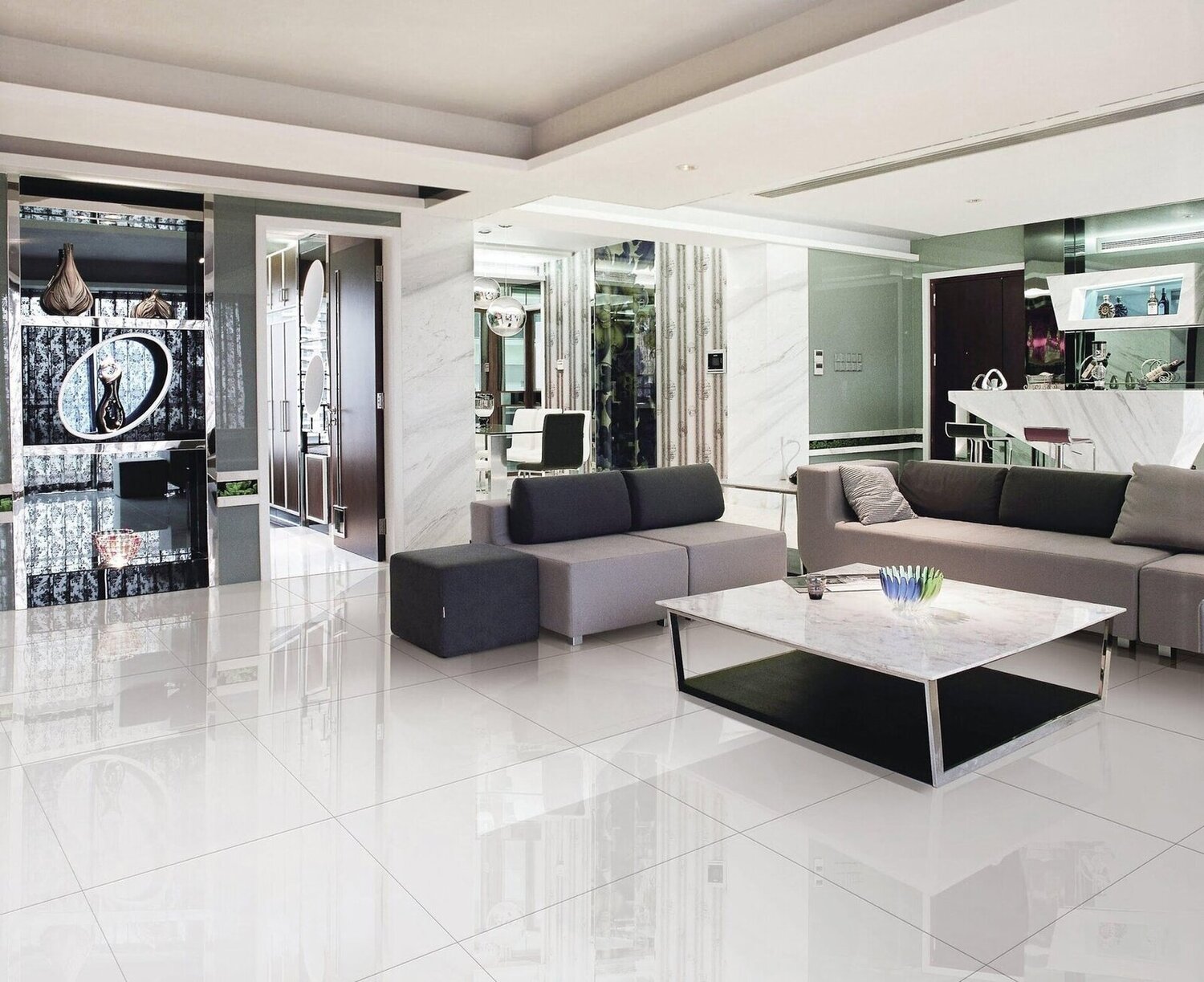


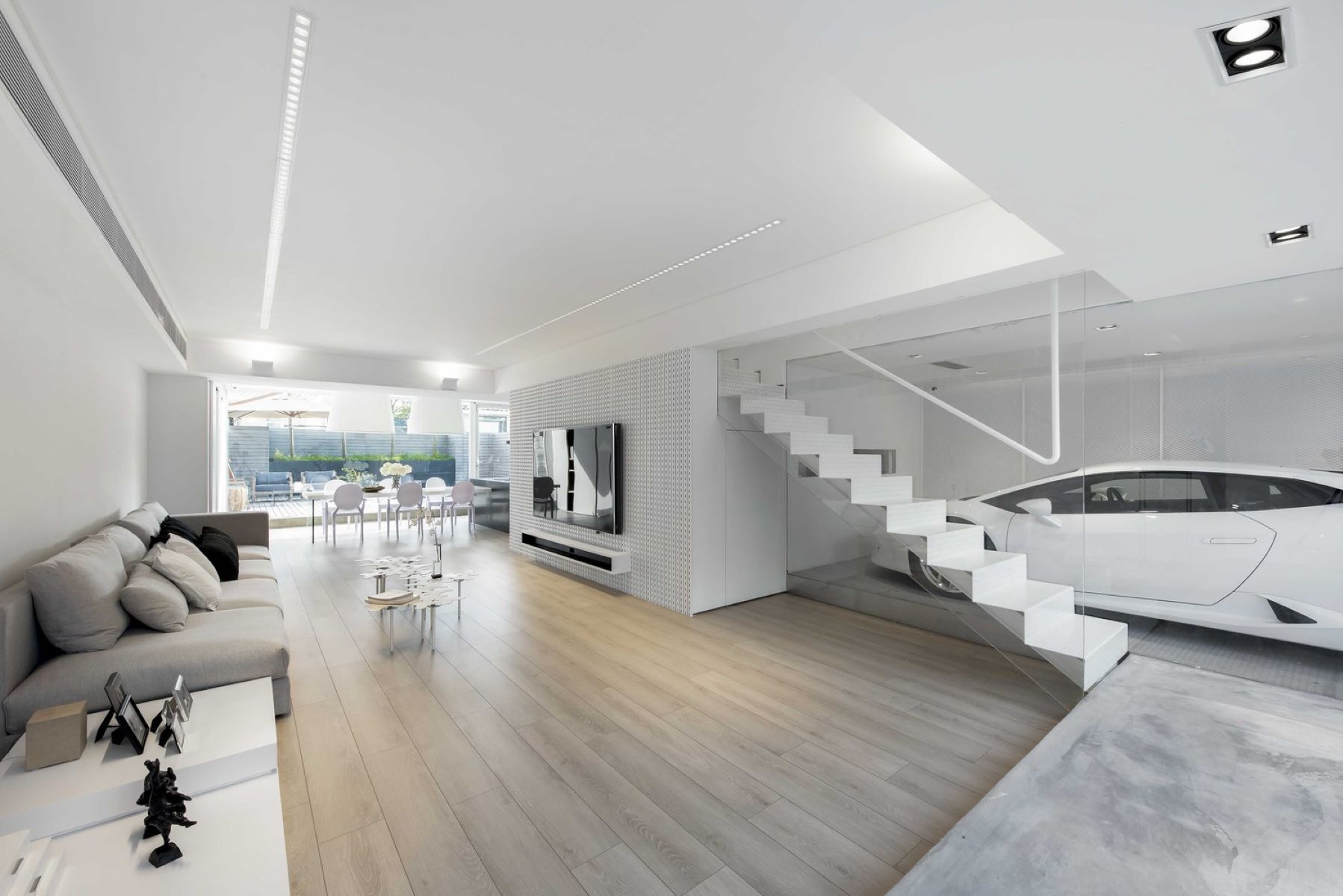
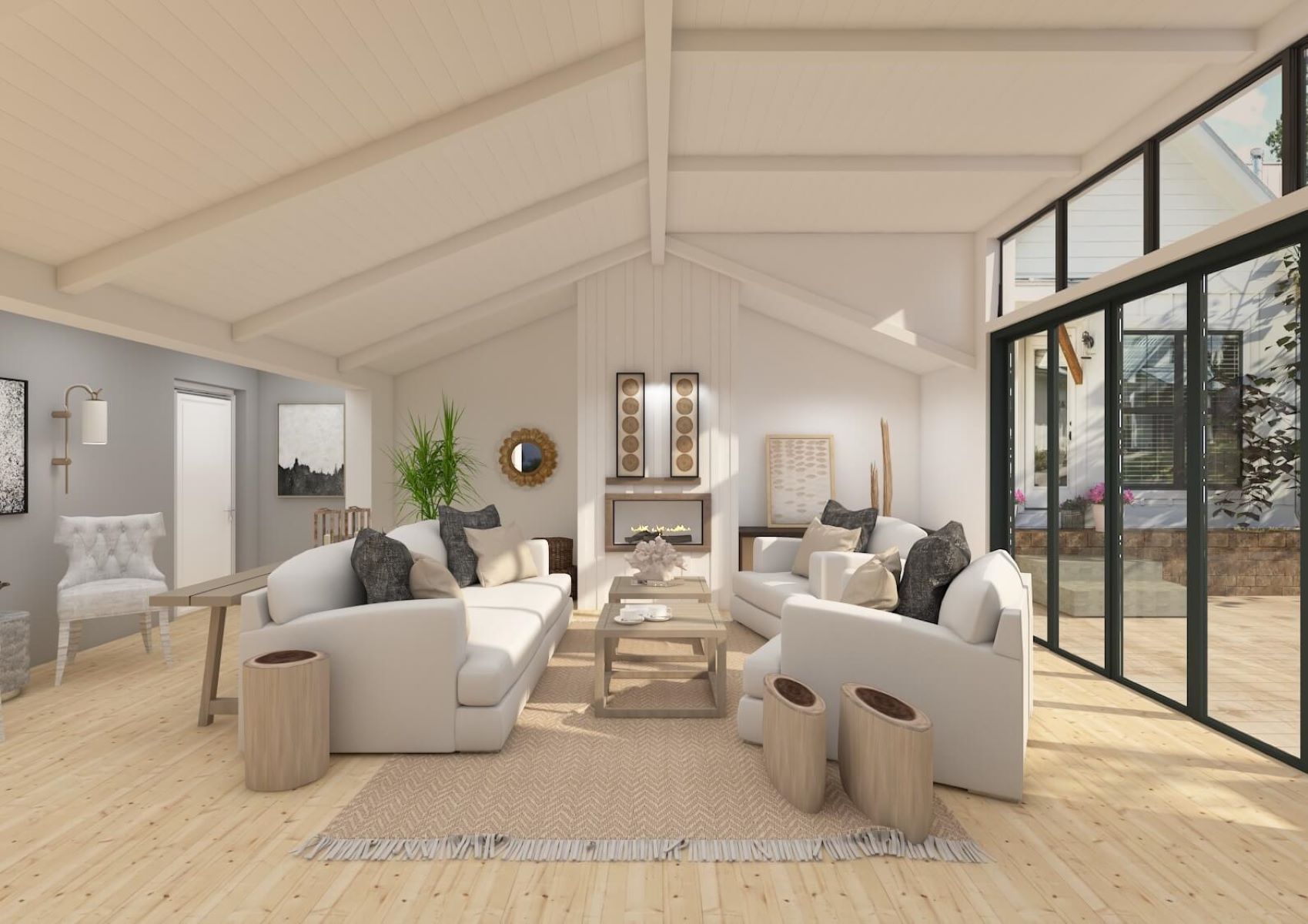
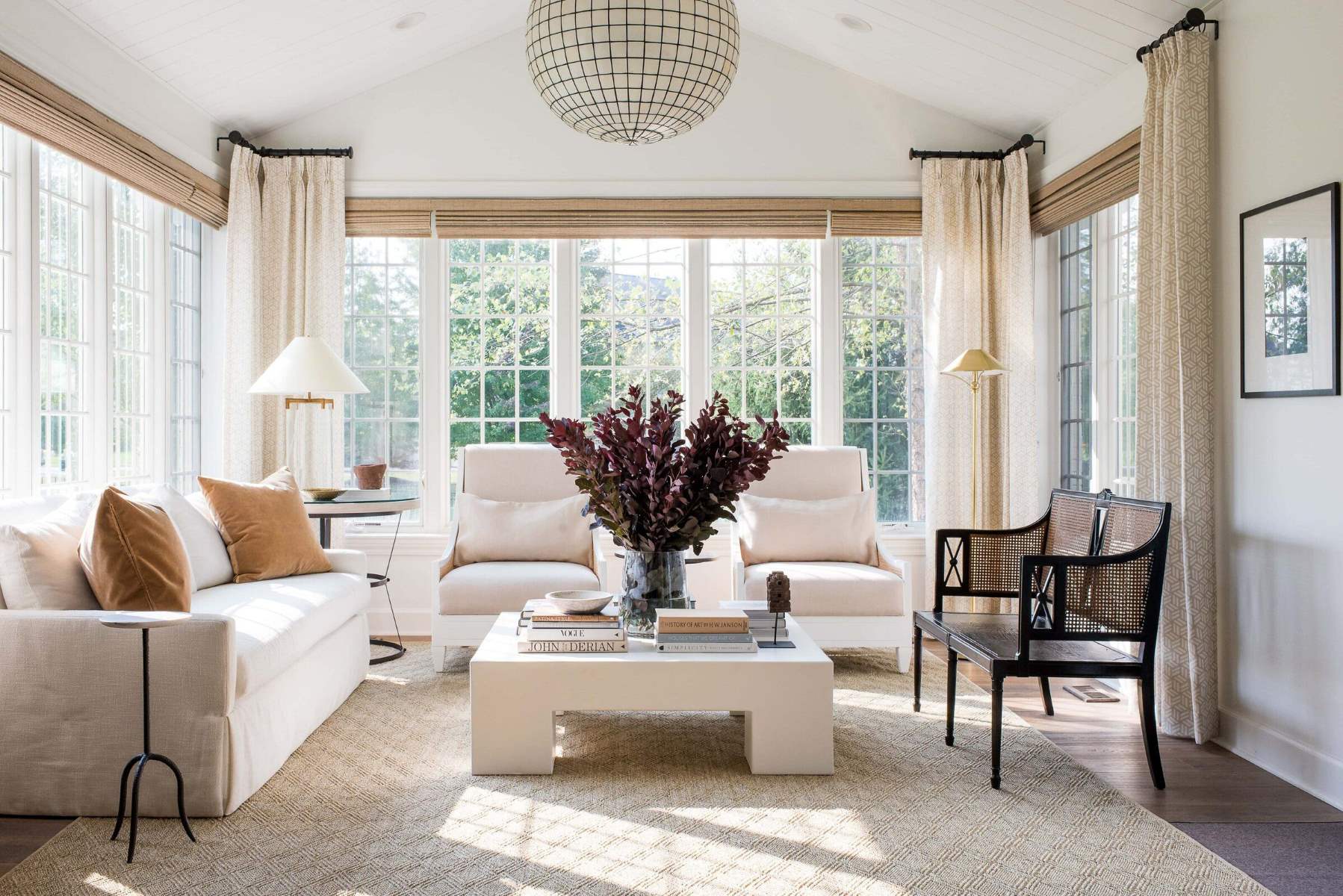
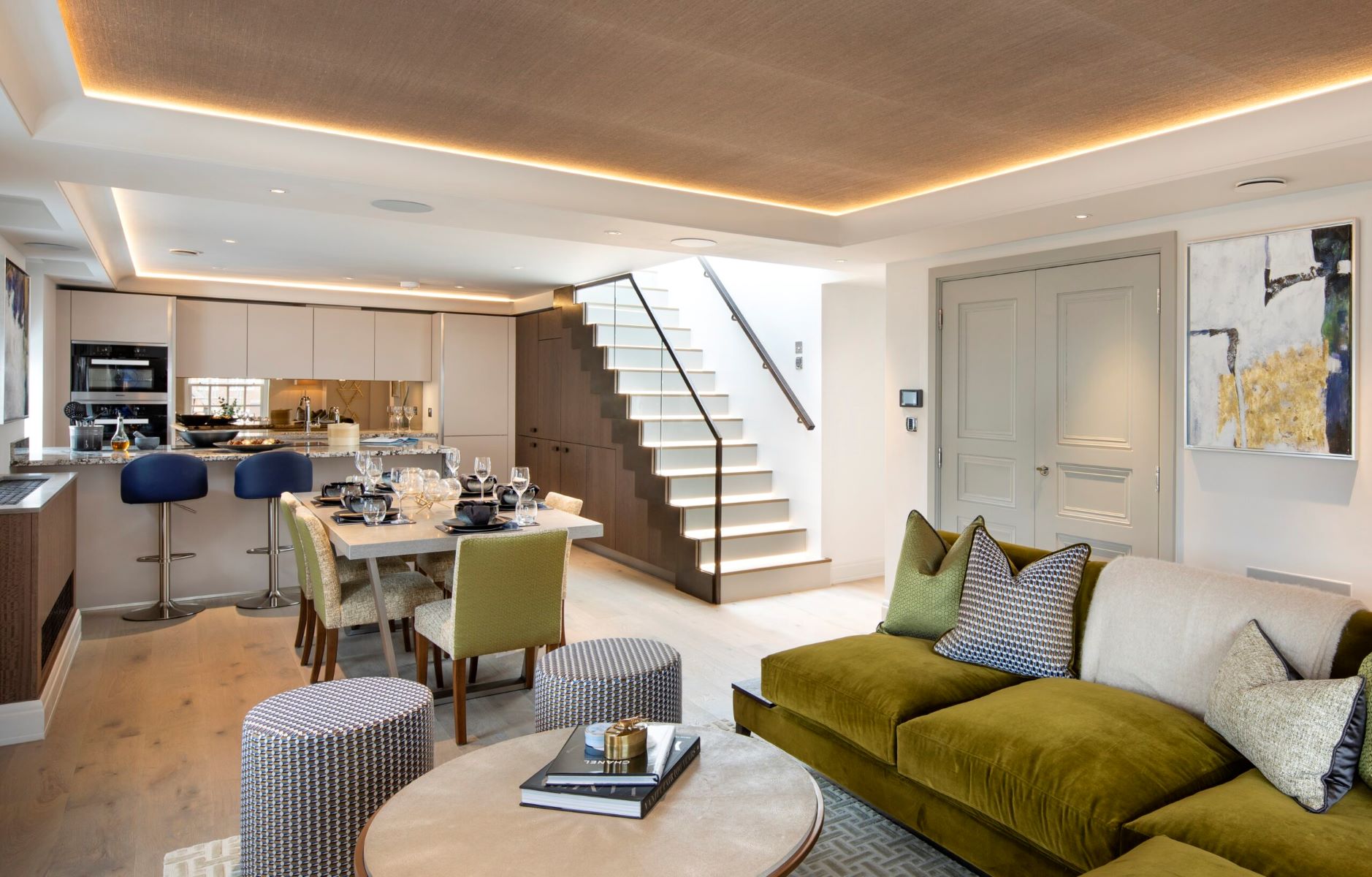
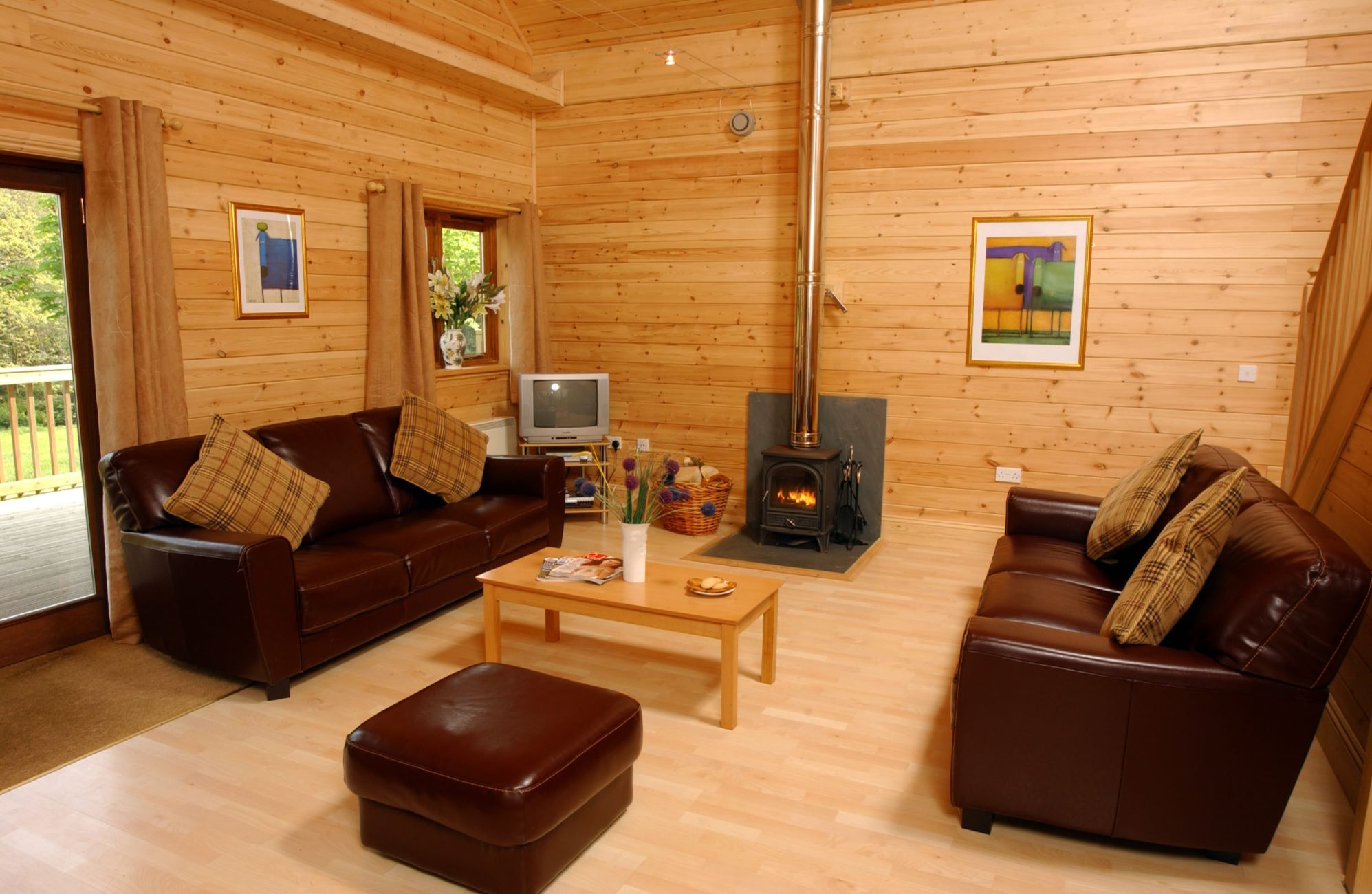
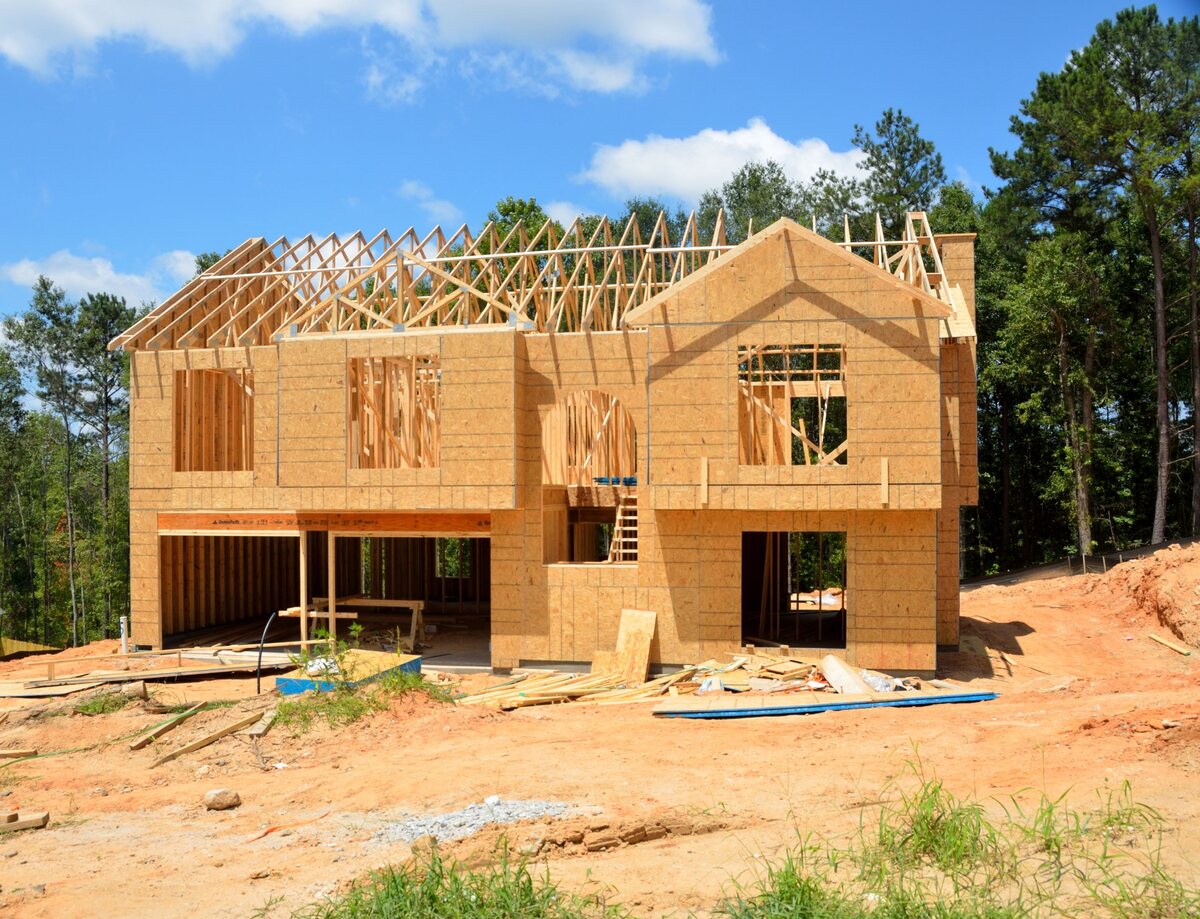
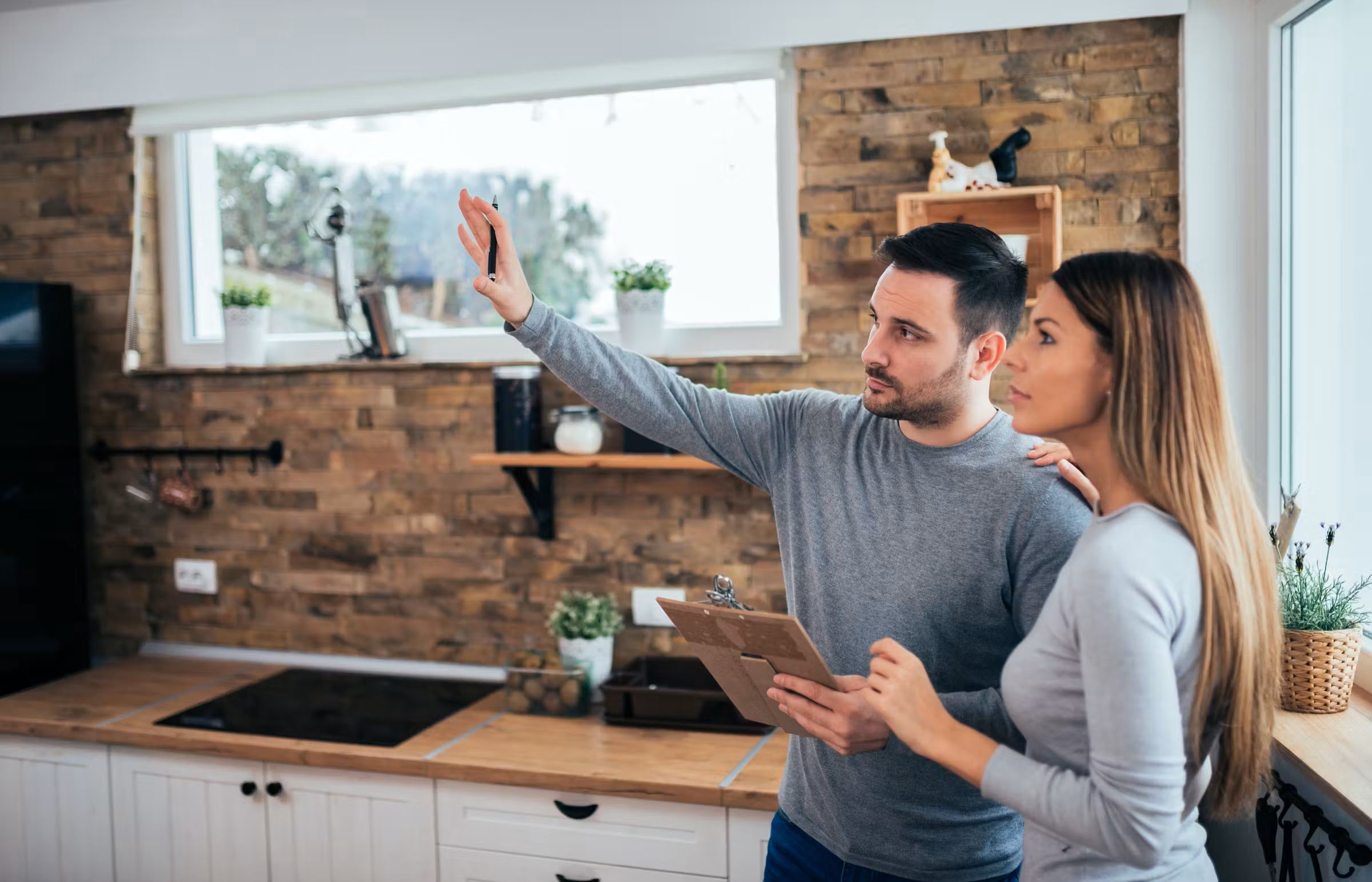
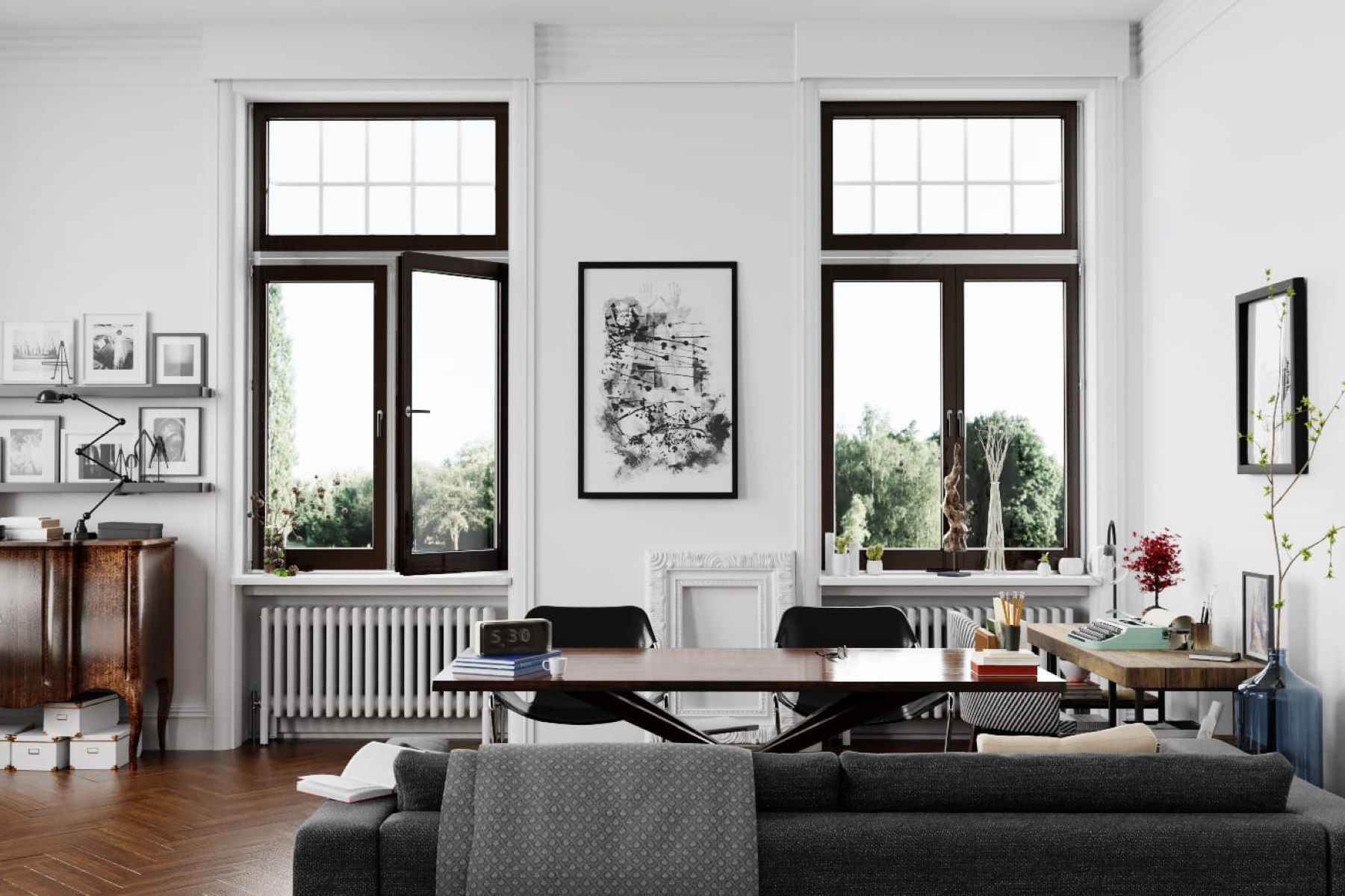
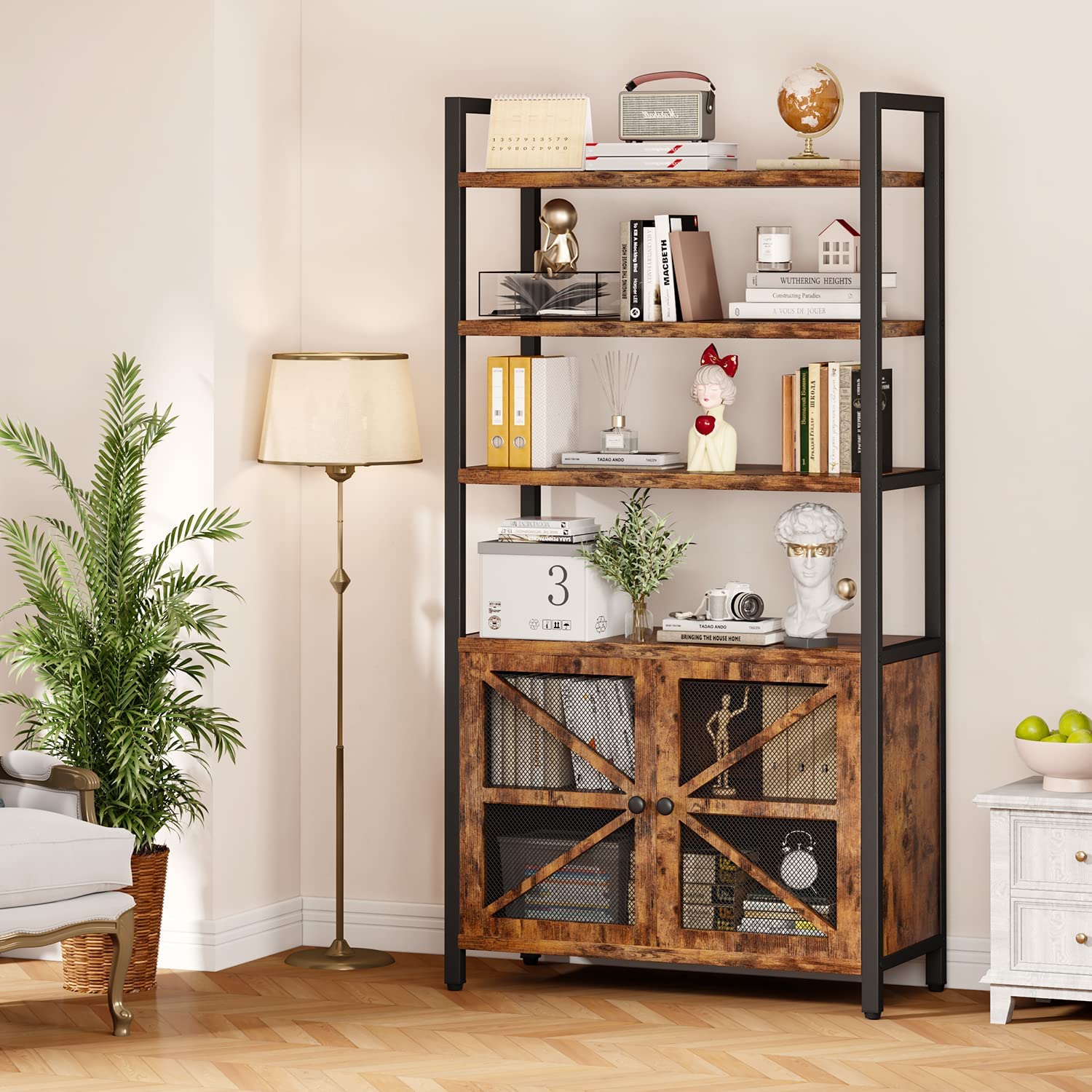
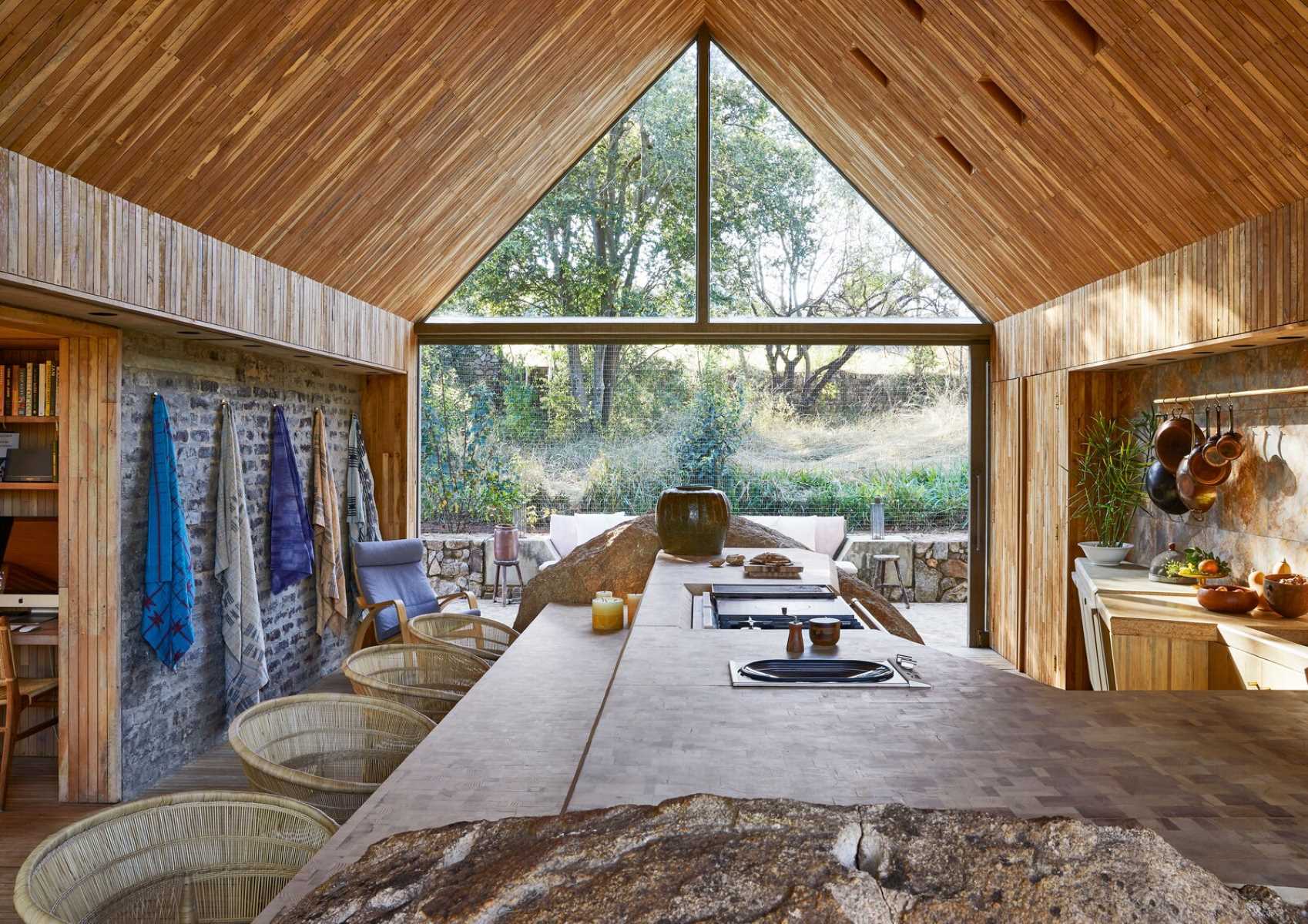

0 thoughts on “How To Start An Interior Design Supply House”